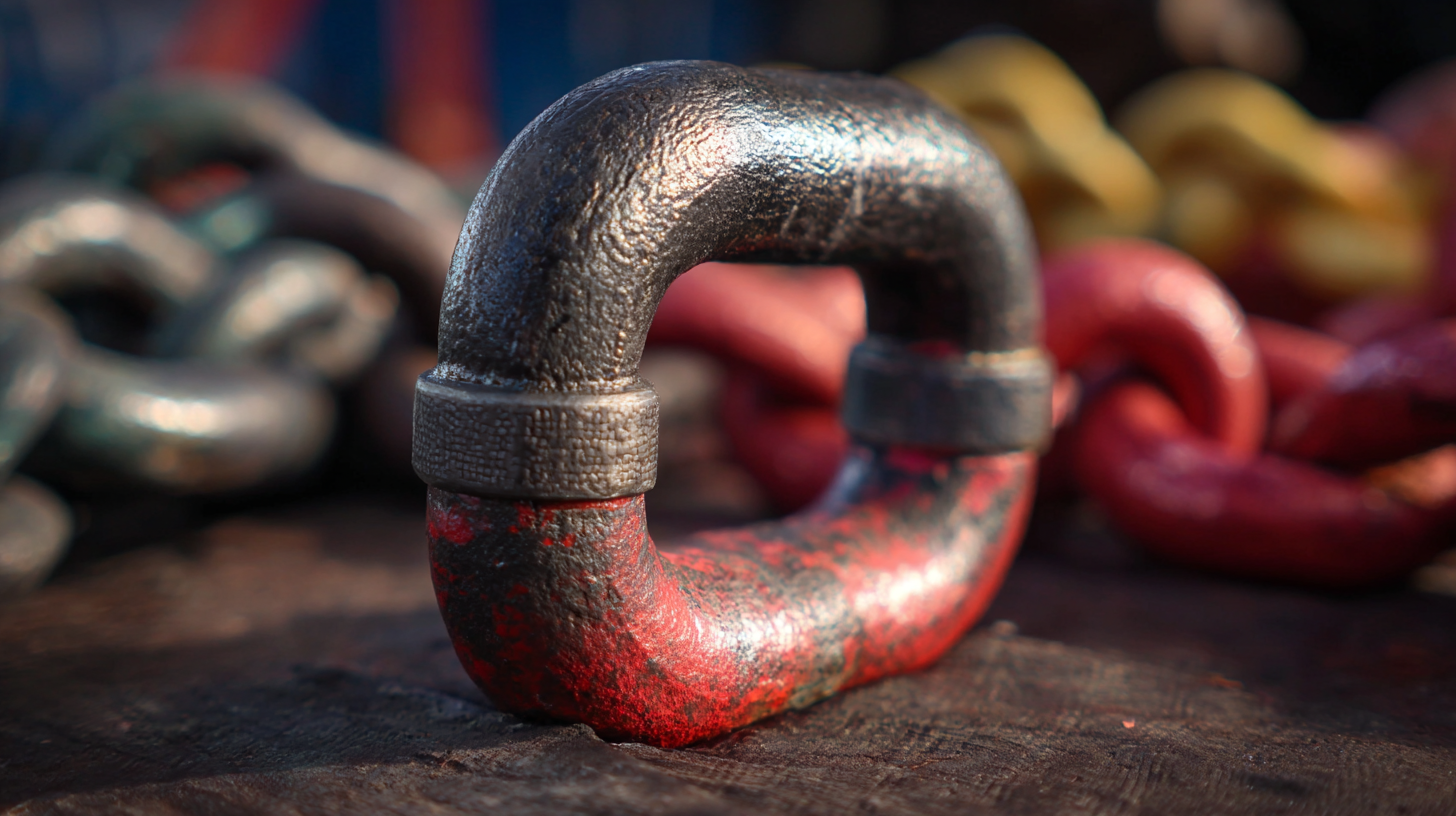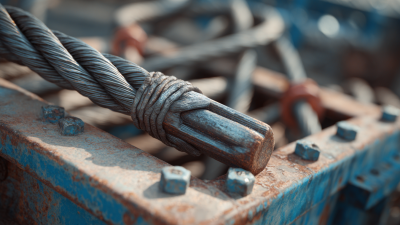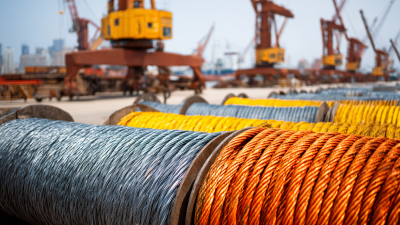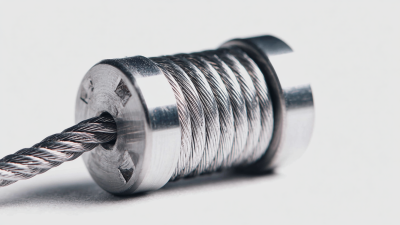When it comes to heavy-duty lifting and rigging applications, the choice of hardware can significantly impact safety and efficiency. One essential component in this arena is the Bow Shackle, a versatile lifting connection that plays a critical role in various industrial operations. According to the Lifting Equipment Engineers Association (LEEA), using proper rigging gear is imperative, as nearly 65% of rigging accidents are attributed to equipment failures. Bow shackles are designed to handle substantial loads, typically rated from 1 ton to over 100 tons, making them suitable for construction, shipping, and other heavy-duty applications.
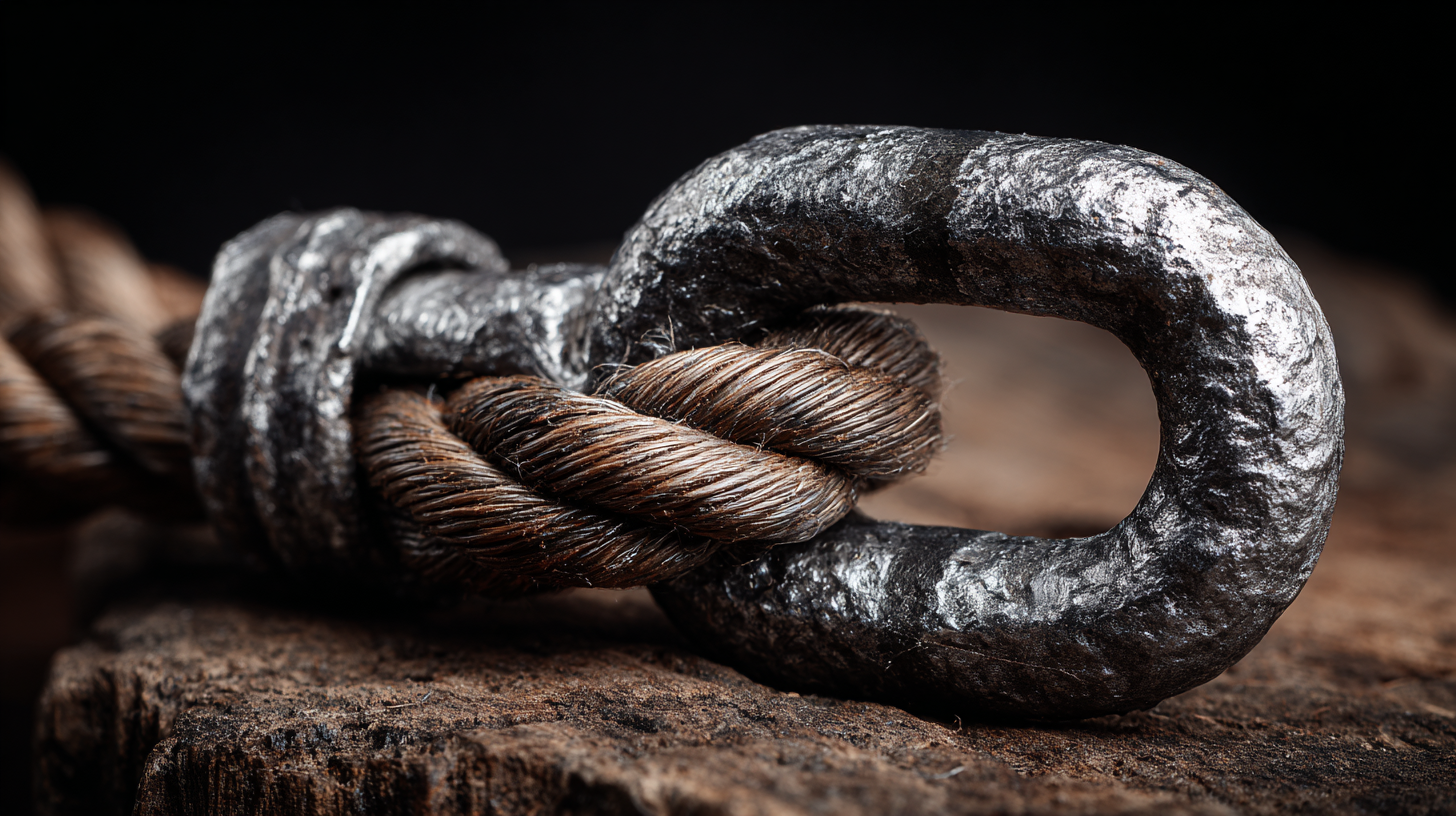
When selecting bow shackles for heavy-duty lifting and rigging applications, understanding their essential features is crucial for ensuring safety and efficiency.
Bow shackles, known for their versatility and strength, should be made from high-quality materials such as alloy steel or stainless steel, which can withstand significant loads–often exceeding 30 tons in industrial settings, according to the International Organization for Standardization (ISO).
The shackle’s design should feature a wide bow that allows for multi-directional loading, making them ideal for connecting multiple rigging components securely.
Another important feature to consider is the pin design.
Screw pins offer a more secure connection, while lock pins enhance safety during dynamic lifts.
The maximum load ratings (WLL) specified by the American Society of Mechanical Engineers (ASME) recommend using shackles with a WLL that exceeds the anticipated load by a minimum of a 5:1 ratio for safety.
Moreover, visual inspections and appropriate labeling are emphasized in industry reports, highlighting that operational safety increases when shackles are regularly maintained and replaced according to usage frequency.
Understanding these essential features can aid in selecting the right bow shackles for heavy-duty lifting tasks, promoting both safety and performance.
When selecting bow shackles for heavy-duty lifting and rigging applications, understanding load ratings is crucial. The load rating indicates the maximum weight a shackle can safely support, which is vital for preventing accidents. For example, a typical working load limit (WLL) for a ¾ inch bow shackle is often around 4,700 pounds, according to the American National Standards Institute (ANSI) standards. Choosing a shackle with the appropriate capacity ensures safety and efficiency in lifting operations.
Tips for selecting the right bow shackle include considering the type of material. Shackles made from alloy steel are generally more robust and have higher load ratings compared to those made from carbon steel. Additionally, always check for color coding or markings that display the WLL and ensure it meets the demands of your specific application.
It's also essential to factor in any dynamic loads, such as those found in construction or industrial settings. Dynamic loads can increase the actual load on the shackle beyond its WLL, necessitating a higher capacity for safety. As a general guideline, you might want to use shackles that have a WLL rated at least 20% higher than the expected load, a practice endorsed by industry experts to mitigate risks.
| Shackle Type | Load Capacity (tons) | Material | Pin Type | Weight (lbs) | Price (USD) |
|---|---|---|---|---|---|
| Bow Shackle A | 10 | Galvanized Steel | Screw Pin | 2.5 | 25 |
| Bow Shackle B | 5 | Stainless Steel | Safety Lock | 1.8 | 18 |
| Bow Shackle C | 8 | Aluminum | Bolt Type | 2.0 | 22 |
| Bow Shackle D | 12 | Forged Steel | Screw Pin | 3.5 | 30 |
| Bow Shackle E | 15 | Carbon Steel | Safety Lock | 4.0 | 35 |
| Bow Shackle F | 20 | Alloy Steel | Bolt Type | 5.0 | 40 |
| Bow Shackle G | 6 | Zinc-Plated Steel | Screw Pin | 2.1 | 19 |
| Bow Shackle H | 9 | High Tensile Steel | Safety Lock | 2.9 | 27 |
| Bow Shackle I | 11 | Titanium | Bolt Type | 5.5 | 50 |
| Bow Shackle J | 14 | Reinforced Steel | Screw Pin | 4.2 | 32 |
When it comes to lifting and rigging applications, the material of bow shackles plays a crucial role in ensuring both durability and strength. The most commonly used materials for these shackles include steel, particularly carbon steel and stainless steel. According to a report by the American National Standards Institute (ANSI), carbon steel shackles provide superior strength, often with a yield strength exceeding 300,000 psi, making them ideal for heavy-duty tasks. Additionally, the corrosion resistance of stainless steel shackles makes them invaluable in environments exposed to harsh weather or corrosive substances. A study from the International Journal of Heavy Engineering revealed that stainless steel alloy shackles maintain their integrity under extreme conditions, showcasing their reliability for long-term use.

Furthermore, the specifications of the shackle must align with the intended application to prevent failures during lifting operations. The load rating is a critical aspect to consider; shackles should always be selected with a working load limit (WLL) that exceeds the maximum load expected during lifting. The Occupational Safety and Health Administration (OSHA) mandates that shackles used in industrial environments must be clearly marked with their load ratings to ensure safety compliance. Utilizing shackles constructed from high-strength materials not only boosts operational efficiency but also significantly reduces the risk of accidents in rigging and lifting tasks.
When using bow shackles for heavy-duty lifting and rigging applications, safety should always be the top priority. Proper inspection before each use is crucial; check for signs of wear, deformation, or corrosion, as any damage can compromise the shackles' integrity.
Additionally, ensure that the working load limit (WLL) of the shackle is appropriate for the load being lifted. Overloading can lead to catastrophic failures, so always adhere to manufacturer specifications and guidelines.
Maintenance of bow shackles is equally important to ensure their longevity and safe operation. After each use, clean the shackles to remove dirt, debris, and any corrosive substances that can cause wear over time. Regularly lubricate the pin and moving parts with an appropriate lubricant to prevent rust and facilitate smooth operation.
Store the shackles in a dry, climate-controlled environment to protect them from environmental factors that could lead to deterioration. Implementing these practices will help maintain the effectiveness of bow shackles and ensure safe lifting operations.
When it comes to heavy-duty lifting and rigging applications, selecting the right brand of bow shackles is crucial for ensuring safety and efficiency. Several manufacturers have established themselves as leaders in this field, known for their reliability and robust offerings. Brands such as Crosby, Peerless, and Campbell have garnered a reputation for producing high-quality shackles that meet rigorous safety standards. Their products often feature advanced materials and designs that enhance performance while minimizing the risk of failure under heavy loads.
In addition to these trusted names, other brands like G80 and AmSteel have made their mark by providing innovative solutions for rigging. G80 shackles are widely recognized for their strength and versatility, making them ideal for a range of industrial applications. On the other hand, AmSteel’s focus on lightweight yet durable materials enables users to significantly reduce weight without compromising on strength. Choosing shackles from these reputable brands not only enhances operational safety but also contributes to the overall efficiency of lifting operations.
